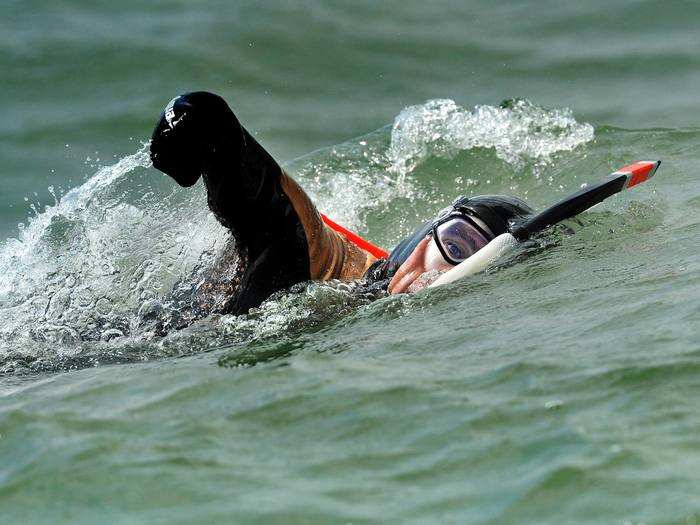The Most Incredible Applications Of Bionics In Sports
There are certain people who have become famous for taking prosthetics to the next level. In 1996, Aimee Mullins was the first amputee to compete on an NCAA track team, setting multiple world records.

Running prosthetics, like the ones Mullins used and the ones seen below, take the shape of a cheetah leg. They have no heel and can store and release energy like a spring. But for other athletes, it is not always about putting one foot in front of the other.
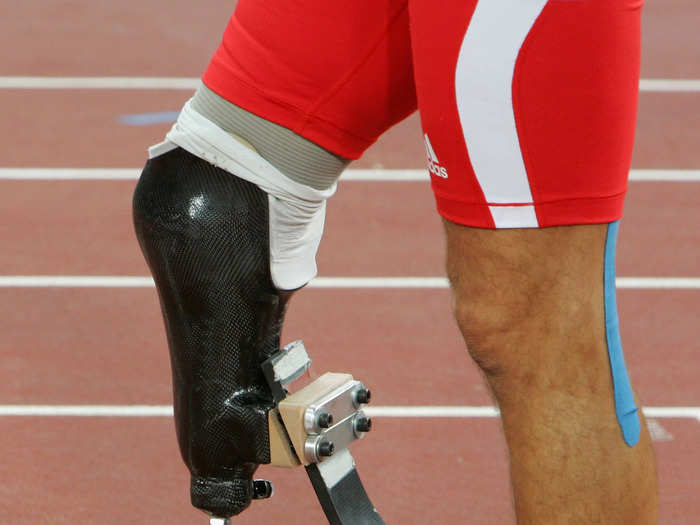
Source: New York Times, The Atlantic
At least not in the way you'd think.
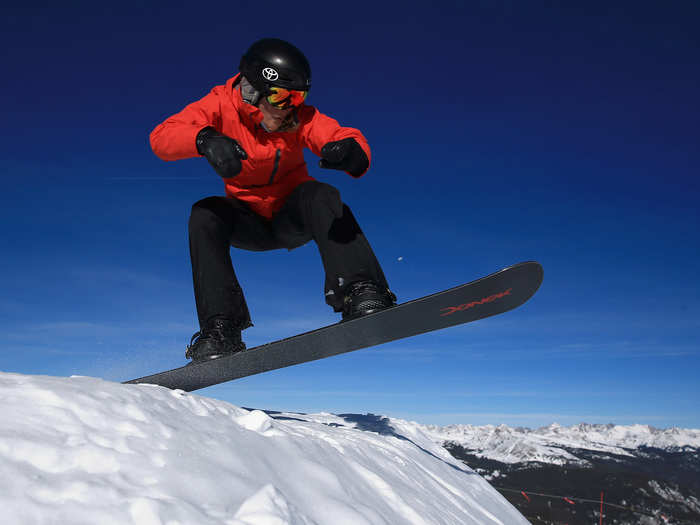
Here, Amy Purdy of the U.S. Paralympic snowboard team changes out her everyday prosthetic legs for her snowboarding ones.
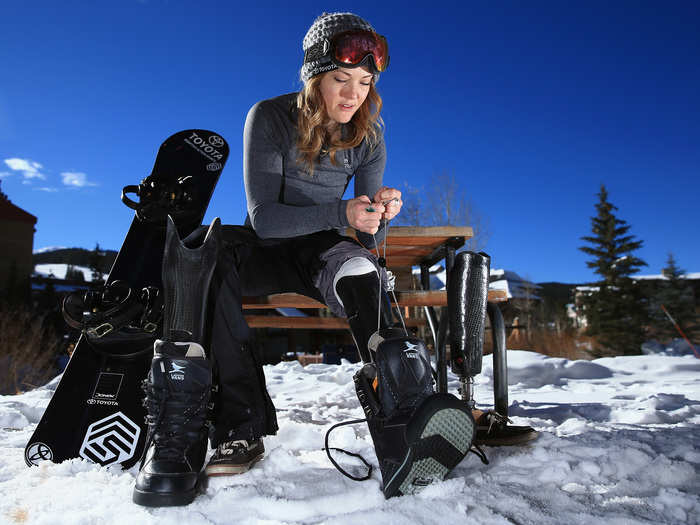
While her snowboarding prosthetics are actually just adapted from ones for walking, she is able to adjust the ankle height and suspension. She also wears men's size 11 because the larger size gives her more control over the board.

Source: ESPN
For others, like Hugh Herr, losing a limb became a "call to arms" to develop new bionic technologies.
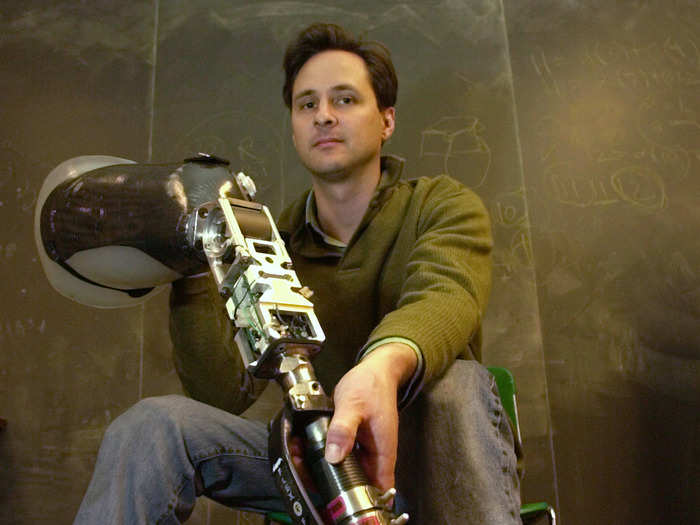
Source: TED
Herr, a top climber who lost his legs to frostbite in the 1980s, realized his lower limbs were now a "blank slate" that could be specialized beyond biology. He built feet with spikes for ice climbing and very narrow ones that could fit in tiny cracks for rock climbing.
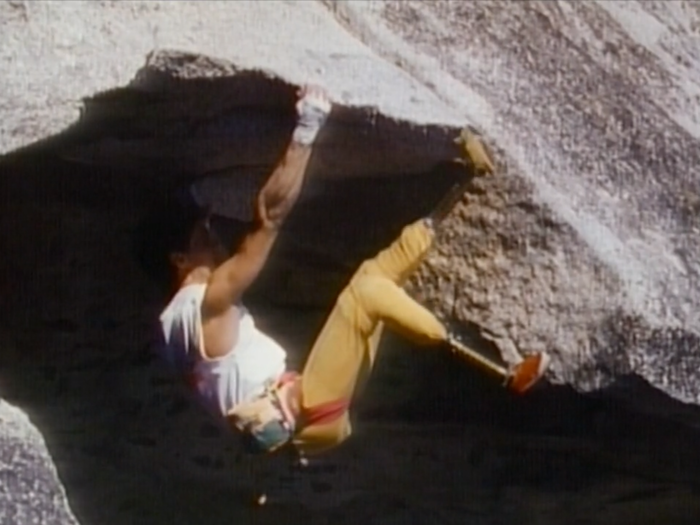
Source: TED, Business Insider
He is now head of the biomechatronics research group at the MIT Media Lab, which melds biology and design.
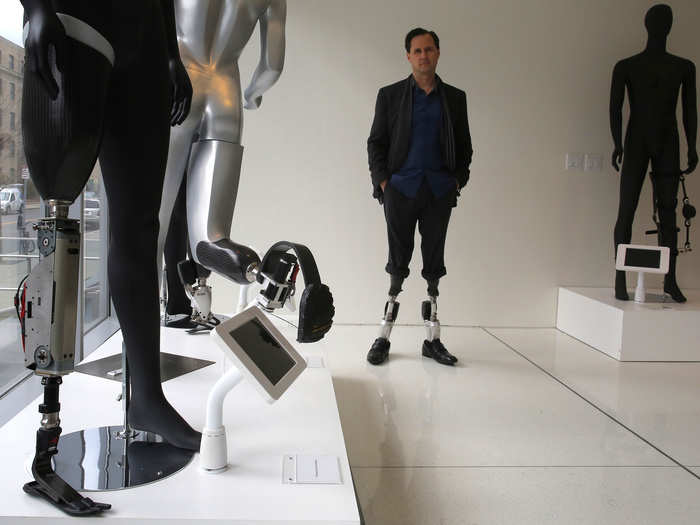
Source: MIT Media Lab, TED
Most recently, Herr and an MIT team built a new leg for ballroom dancer Adrianne Haslet-Davis, who lost part of her leg in the Boston Marathon bombing.
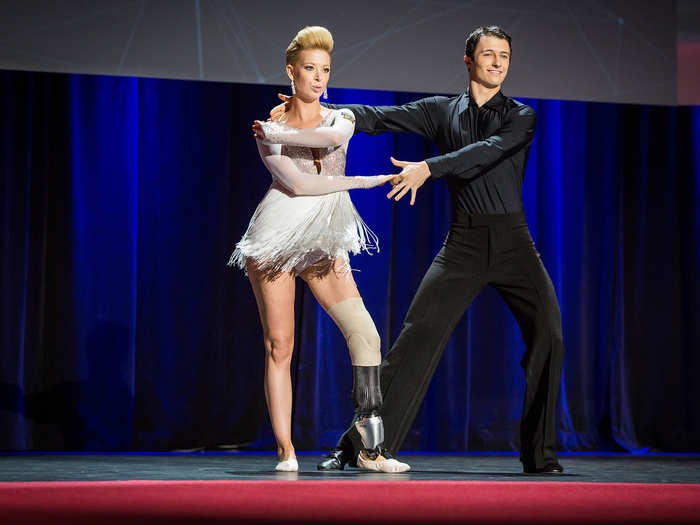
Source: TED
After 200 days of studying dance, the team built a limb that could move dynamically with Haslet-Davis' steps, applying varying force to the ground depending on the dance move.
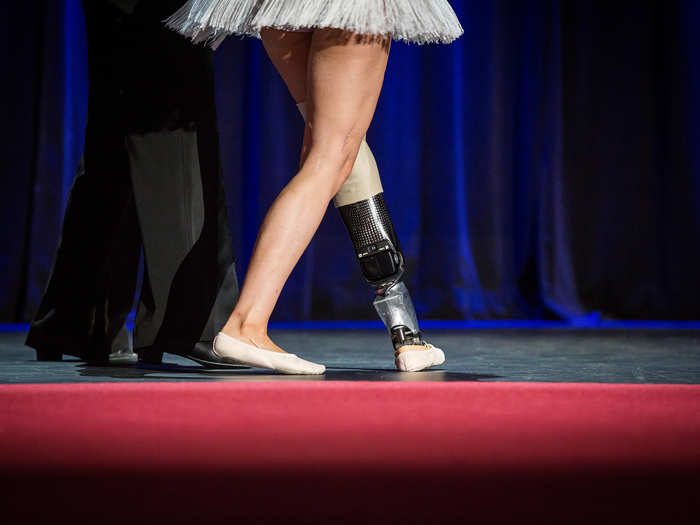
Source: TED
For other sports bionics designers, like Bob Radocy, it's all in the hands.
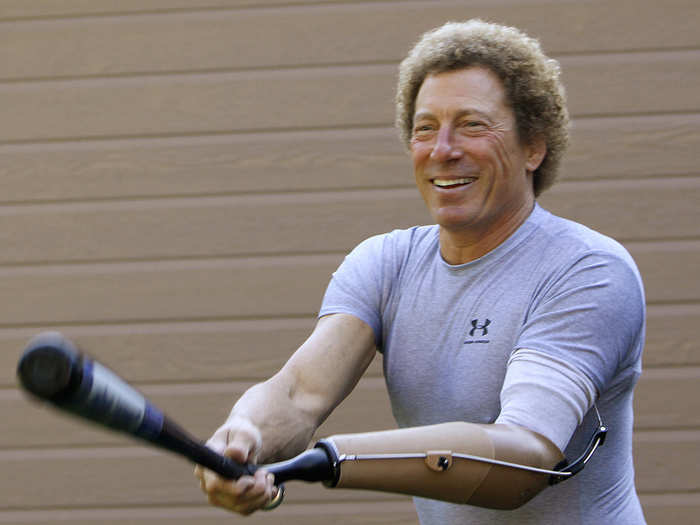
Here, Radocy wears a specialized weight lifting attachment from his high-performance prosthetics company, TRS Inc.
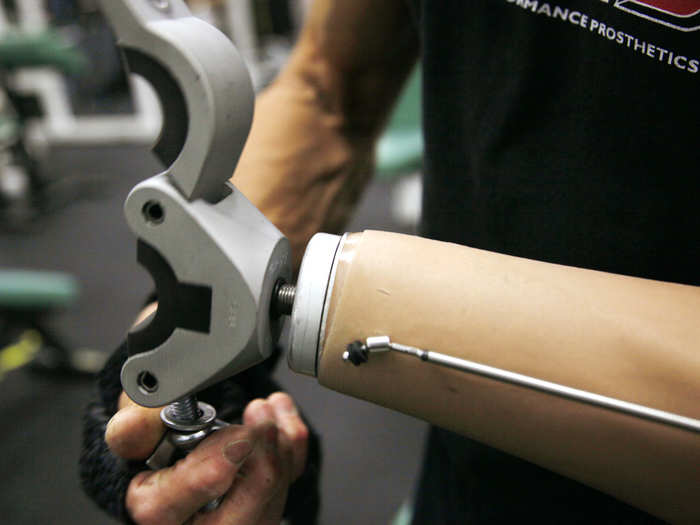
Source: Reuters
Other attachments can be specially made to hold a basketball.
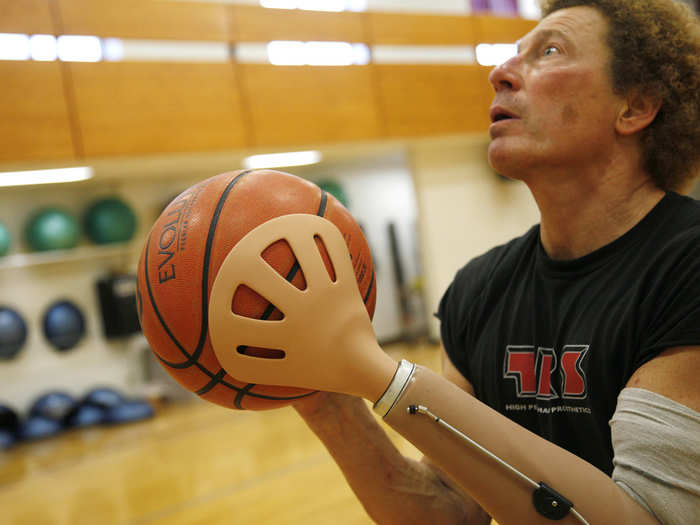
Or even accommodate a golf club.
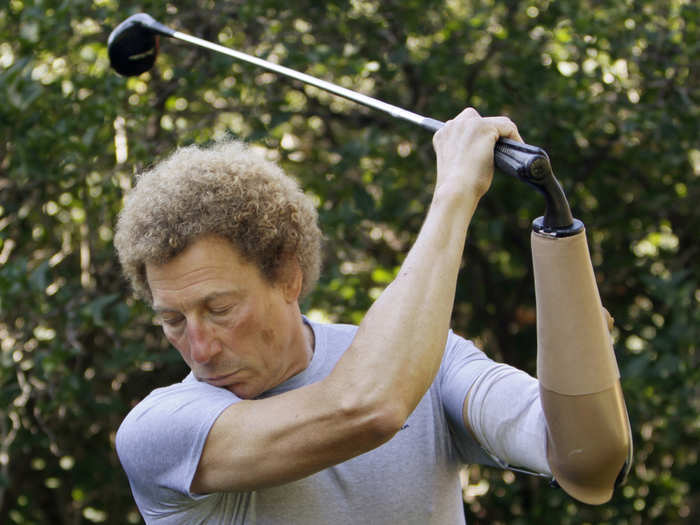
For other athletes, pushing the boundary of prosthetics means taking their new limb where their wearers were told they were never meant to go.
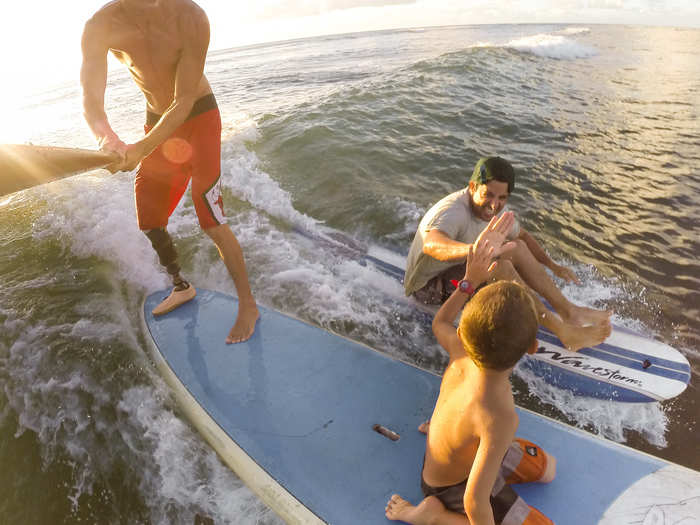
Source:The Inertia
Surfer and photographer Mike Coots, who lost his leg in a shark attack, had to figure out the right flexibility for his prosthetic ankle.

Source: The Inertia
Too stiff and he wouldn't be able to bend down when the wave went over him. Too flexible and he wouldn't have enough control of the board on certain moves.
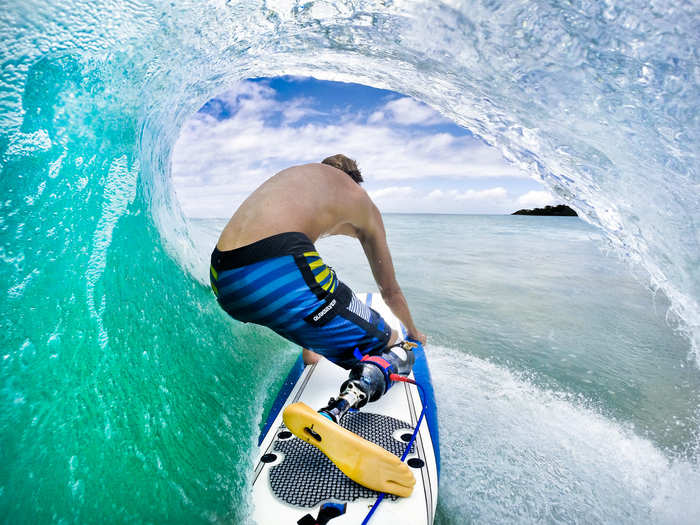
Source: The Inertia
Just this July, Coots tried out a new foot designed especially for balancing by Ossur. He took this photo on his first day out with it, and it "felt really good!" he told Business Insider in an email.
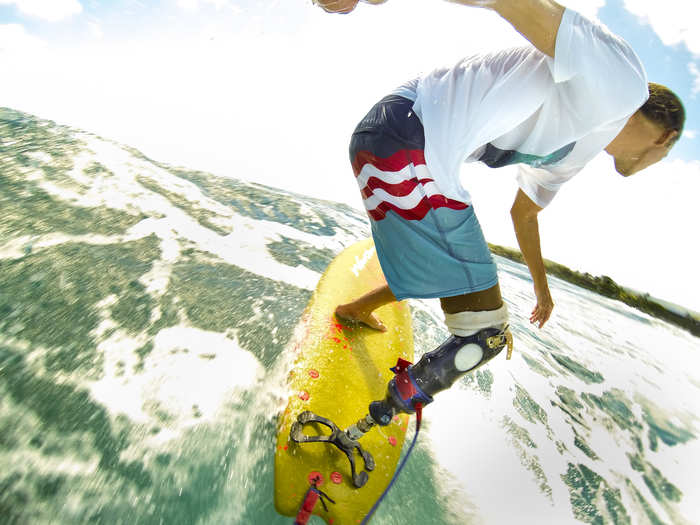
Other aquatic athletes trade in their feet for fins.
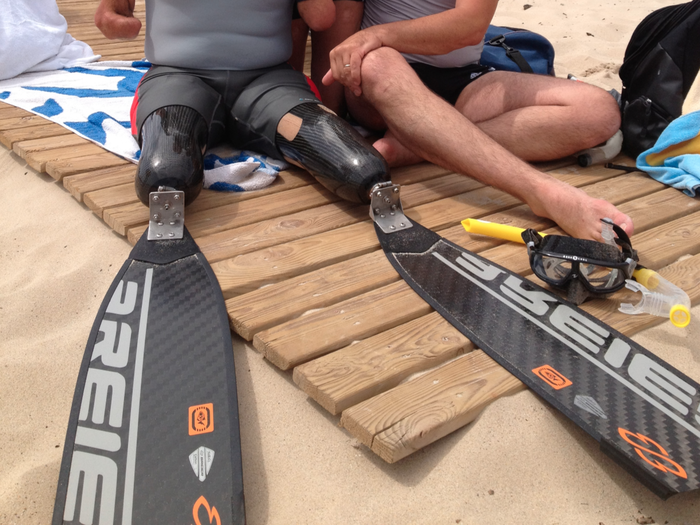
Whether swimming, running, surfing, or dancing, the new bionics are making one thing inspiringly clear. "Nature is driving design — design is also driving nature," Herr said in a TED talk.
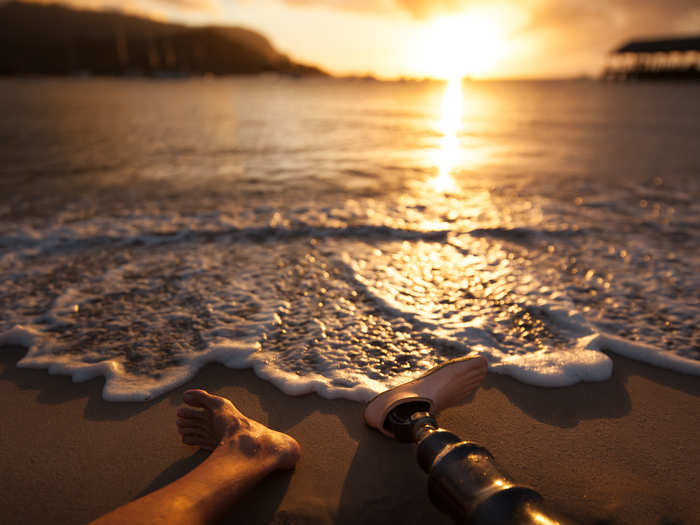
The Most Incredible Applications Of Bionics In Sports
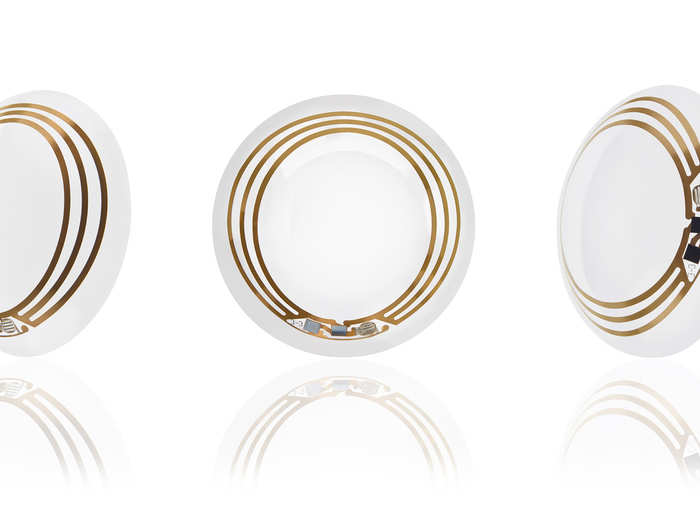
Popular Right Now
Popular Keywords
Advertisement

